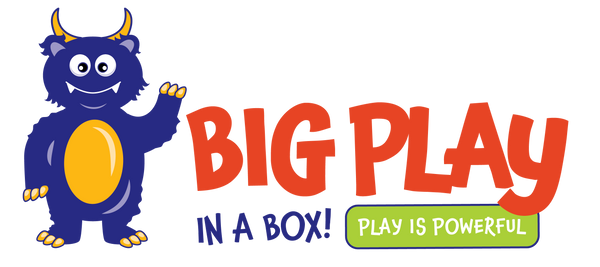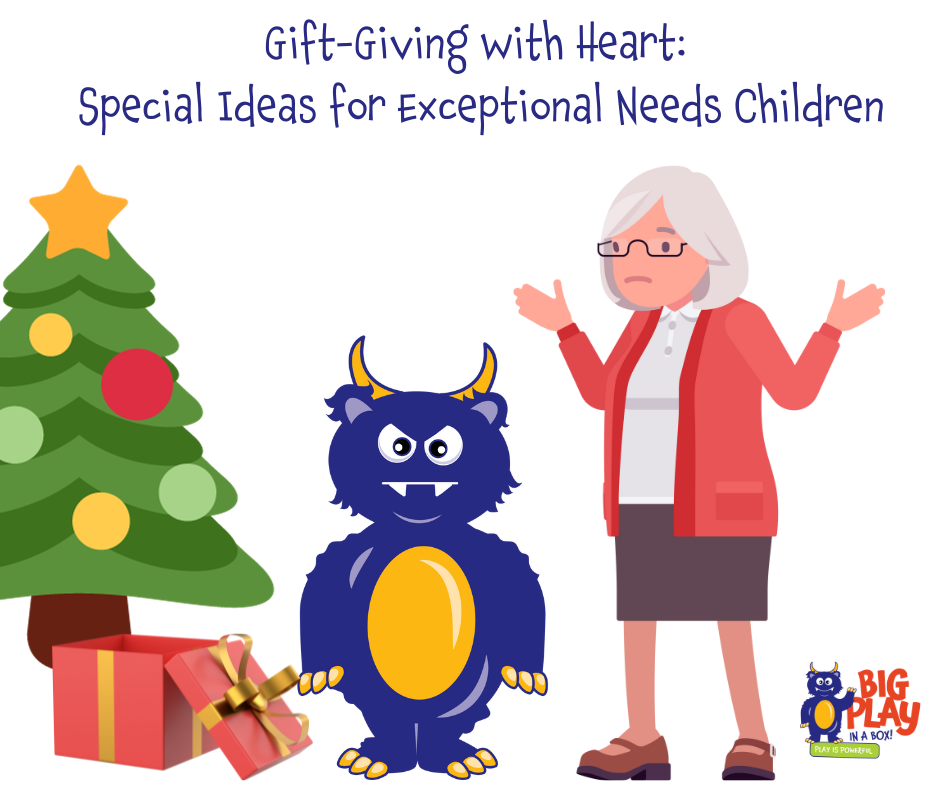
All children deserve the thrill that comes with receiving a gift. However, not all children will respond to typical gifts in a way that the giver is hoping. Many physical, cognitive, and sensory factors may lead to being a little more creative when it comes to providing the perfect gift.
For this blog, we felt it was beneficial to not only use the depths of knowledge that an OT gathers over the years; but also to consult with the families of these amazing children. You see, the desires of these parents are no different than anyone else’s. They long for acceptance, peaceful interactions, joyous gift exchanges, and memories they can tuck away for years to come. The reality is that the holidays are often met with unease and uncertainty about how it may all play out.
First and foremost, it is important to consult with the caregivers of the kids. Of course, they know their child (and their abilities) more than anyone else. They will be able to provide you with what may be needed, desired, safe, and appropriate for their child. While many gifts for children come with age recommendations, children may not necessarily fall into the same developmental range as their biological age. Safety considerations you may not be aware of could include over-stimulating toys that provoke seizures, small parts that are mouthed, or allergies that are life-threatening. Some children have significant areas of interest that may seem “out of the box”. Likely, if you are close with that child, you already know what that interest is. If you find an item that represents their passion, no matter what it is, you will be providing a child with a gift that they will treasure greatly.

The most common heartfelt request was to follow the list. Many parents have created detailed Amazon wishlists that are meant to provide you, the gift giver, and the child the receiver a way to bridge the gap of not knowing what to purchase.
Still not getting the answers you were hoping for? Here are some considerations that you may want to look into by doing some Amazon searching. Adapted art supplies, switch-activated toys that have a cause and effect, musical instruments, tactile exploration kits, adaptive puzzles, and interactive books can be good choices. The child may enjoy an indoor swing or hammock, adapted remote-controlled toys, adaptive bikes, and fidgets. Creating opportunities for sensory play is often a hit with any child. Memberships to community activities (zoos, museums, parks, etc.) are often appreciated. Perhaps there is a summer camp that a child would love to attend, however, could benefit from money put towards going. Subscriptions that create opportunities for new and engaging play on a regular basis may be something the whole family can enjoy. Of course we couldn’t mention that without mentioning our own multi-developmental creation, Big Play in a Box.

Lastly, families of children with exceptional needs want you to know that as much as they wish they could control the reactions their child may make upon receiving, they cannot. They have done their best in teaching and demonstrating “protocol” on how to react. But, as much as they deal with unpredictable behavior on a daily basis, they know there is no sure response to be expected. They appreciate more than anything the support and unconditional love you give to them and their amazing child.
On that note, we at Big Play in a Box, wish you a joy-filled holiday and hope this has been helpful in creating a plan to move forward with the crazy gift-giving marathon!
Happy Holidays!
Miss Connie & Otie

